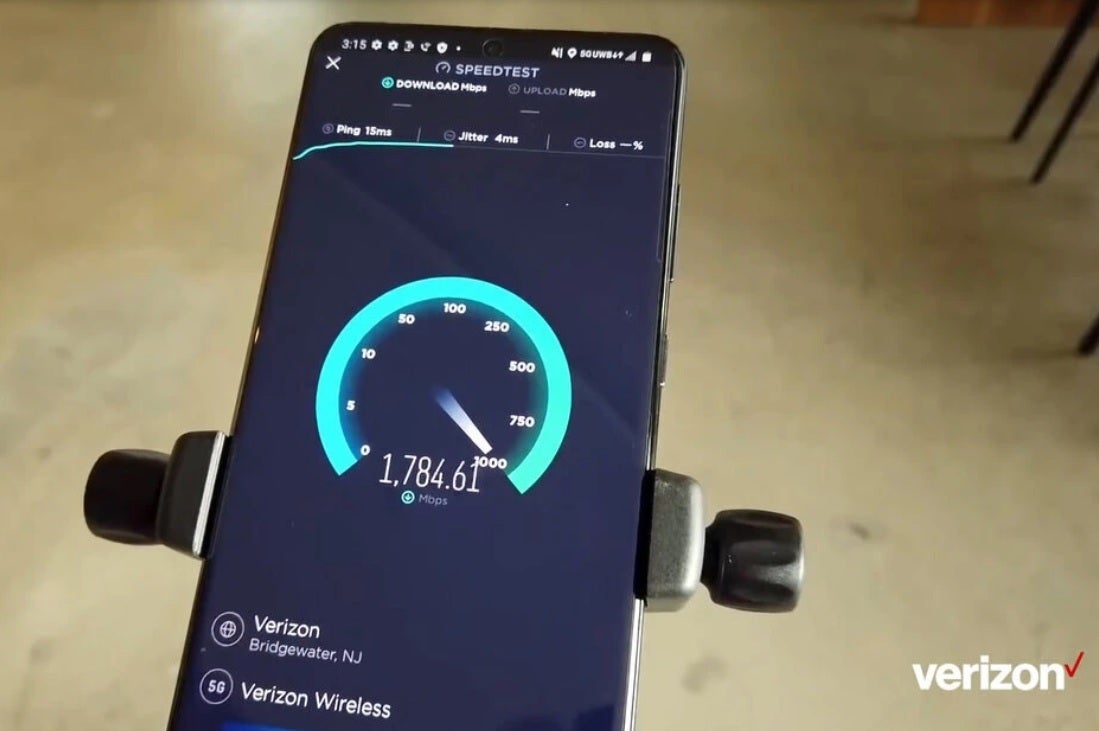The White House met with business leaders, government officials, and professors last Friday to talk about the next generation of wireless connectivity. They did this because they were worried that other countries would play a bigger role in making standards for 6G connectivity.
The U.S. is worried, and news from Taiwan’s cnBeta (via Gizchina) is a good example of why. The 25th Institute of the Second Academy of China Aerospace Science and Industry says that a terahertz (THz) frequency level was used for the first time for successful wireless communication.
The data was sent at a speed of 100Gbps over the wifi connection. To put this in perspective, a 5G signal going at 1Gbps would make people in the U.S. very happy. Mid-band 5G signals can be anywhere from 100Mbps to 900Mbps, but in my experience, most of the time they are between 450Mbps and 500Mbps (again, your experience may be different).
Using Terahertz frequencies brings up the same problems that companies have had to deal with when trying to set up 5G connections in the mmWave band (24GHz to 100GHz). First, THz messages don’t go far and have a hard time getting through clouds and fog. On the other hand, terahertz communications make it possible for wireless signals to be almost as good as fiber-based transmissions.

The study says that THz is becoming one of the most important technologies for 6G because it has a wider transmission bandwidth and faster transmission speeds. 6G wireless isn’t expected to come out until 2030, though South Korea hopes to beat that by two years.
It should have download speeds that are up to 100 times faster than 5G. This will make it easier for smartphone users to download and share files, and it should also lead to amazing new services in entertainment (including gaming), automotive, healthcare, and other industries.
At the moment, wireless carriers in the United States give service on low-band (600MHz, 700MHz, and 850MHz), mid-band (1GHz-6GHz), and high-band (24GHz-40GHz) frequencies.
Some things that were expected to be possible with 5G, like self-driving cars, remote surgery, and smart cities, will be possible with 6G’s faster speeds. Now, the question is which country will get to use its ideas to shape technology.
Read More:
Is Wordtune the Best AI writing Assistant?







